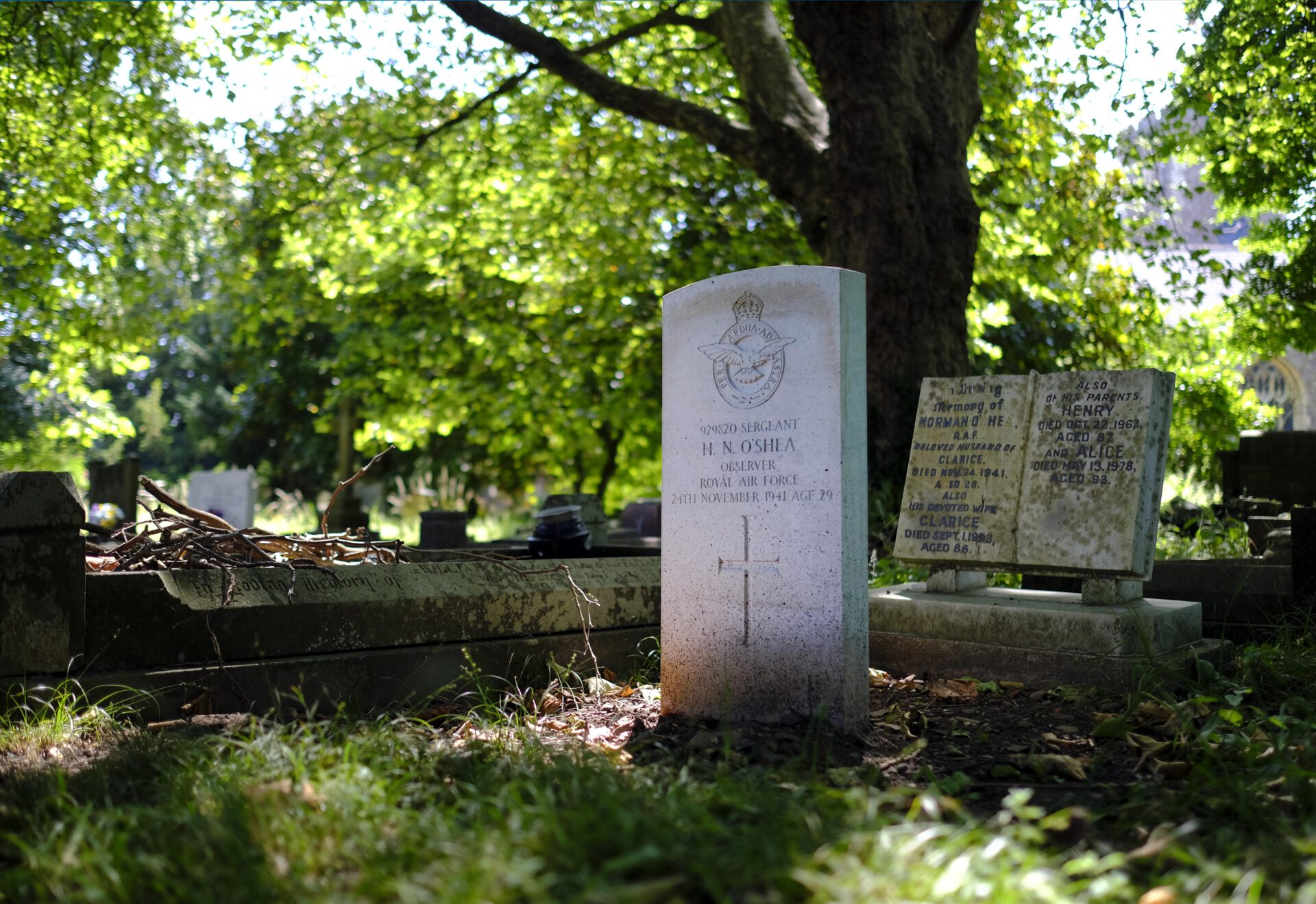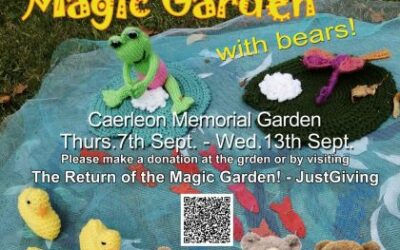Progress in gaining recognition for World War 1 and 2 servicemen buried in the churchyard
At the beginning of 2022 there were two war graves in St Cadoc’s churchyard. Sergeant William Thornton Friskney served in the Monmouthshire Regiment. He enlisted in October 1914, soon after the outbreak of World War 1, but never served overseas. He was discharged as unfit with a heart condition and died on 18 July 1917. Leading Aircraftman Herbert Arthur Williams was an RAF airframe fitter during World War 2. The war in Europe ended on 8 May 1945 and in July Herbert was admitted to the RAF hospital at St Athan, where he died from TB and meningitis on 31 July.
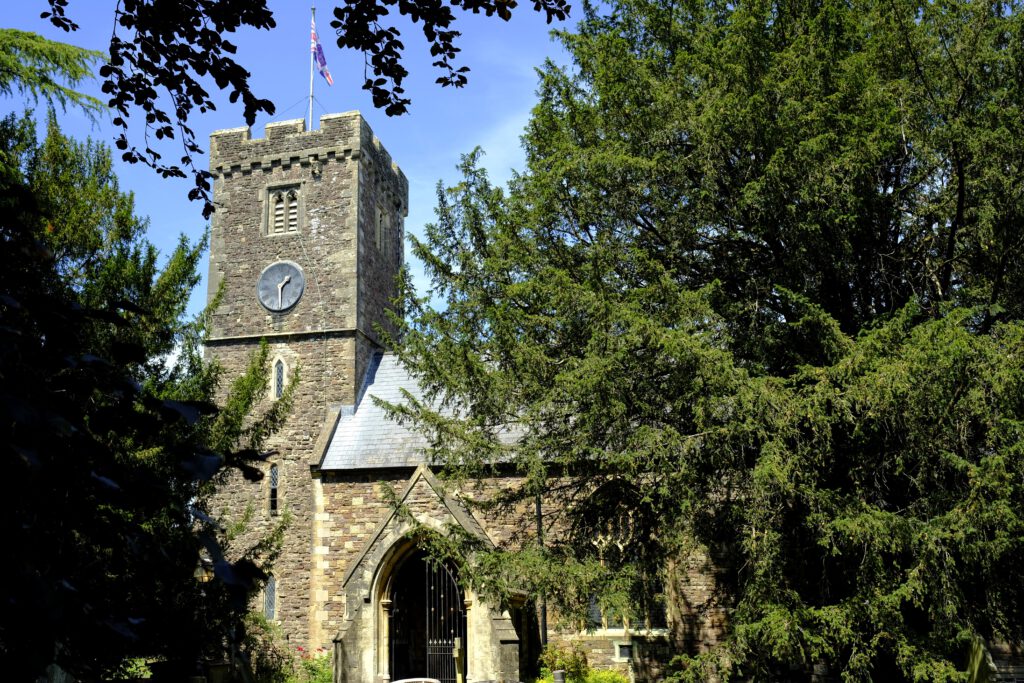
Two other servicemen have private family graves in the churchyard, but in May 2022 a Commonwealth Commission War Graves Commission headstone was erected on each of these. Rifleman Percy Baulch was a postman. He was called up on 3 March 1916 and posted to the Monmouthshire Regiment. Percy’s service was very short. He was admitted to hospital on 17 March and died on 21 March. The cause of his death is given as pulmonary tuberculosis, heart failure and exhaustion. Sergeant Henry Norman O’Shea was an observer in a Wellington bomber during WW2. On 24 November 1941 his aircraft crashed while practising low level flying, killing all on board.
There are two more World War 1 soldiers buried in the churchyard, neither of whom have a CWGC headstone or a marked grave of any kind. Both of these men served overseas and both died of causes which it was accepted were aggravated by their military service. On this basis both qualify for a war grave. Private Richard Cook was a miner and enlisted in October 1914. In 1915 he was posted to a Pioneer Battalion of the South Wales Borderers in France. He was admitted to a military hospital with TB in December and discharged from the army in February 1916. His condition deteriorated and he died on 17 January 1918. Thomas Frederick Buckingham James was the son of Herbert James, a greengrocer with a shop on High Street. He served in the Welsh Brigade, Royal Field Artillery and was awarded the British War Medal and Victory Medal. He was discharged from the army in May 1919 with heart disease, which was partly attributed to his army service. He died on 15 May 1920.
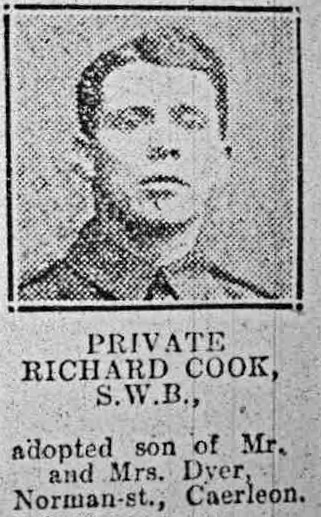
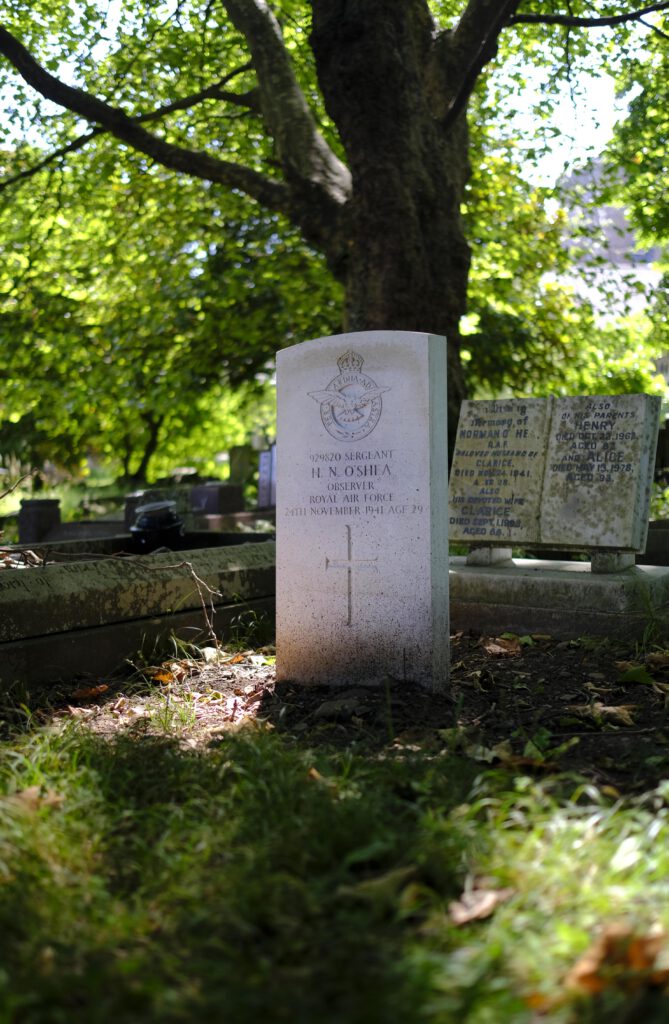
Proving the claim to a CWGC headstone is not a simple process, requiring considerable research and the production of contemporary documentation. This has now been done. A first application has been made for Richard Cook and this has passed the initial stage. It is intended to make a second application for Thomas James.
Steve Cocks 12 July 2022
